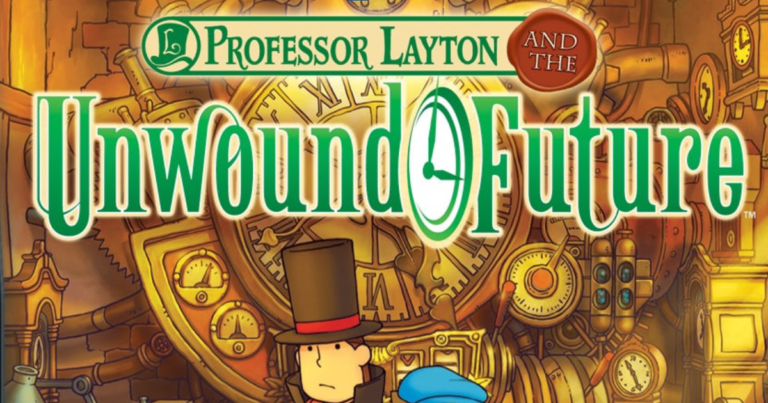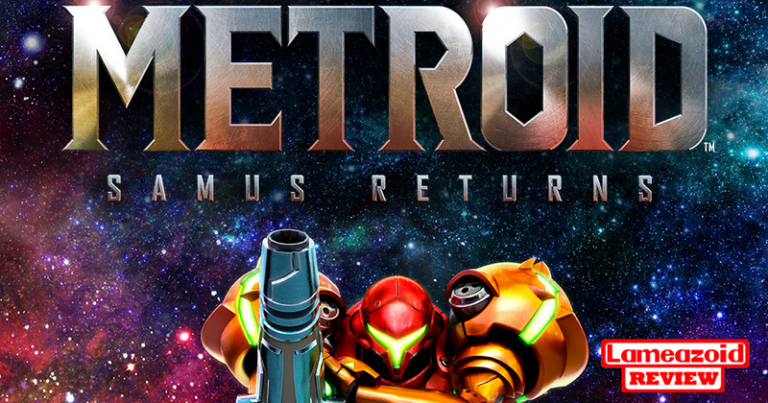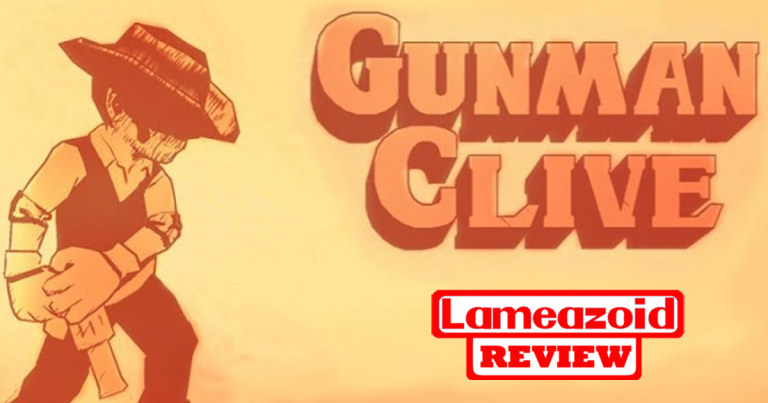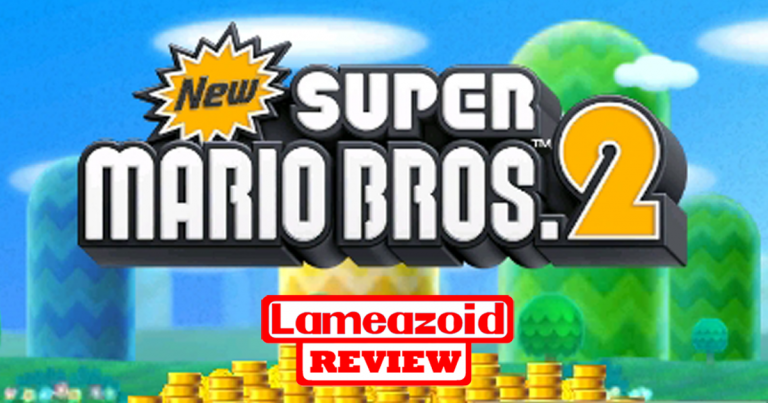Posted inNintendo 3DS
Review – Professor Layton and the Unwound Future (NDS)
Nintendo DS – 1 Player – Level-5 I could have sworn I had already done reviews for at least Professor Layton and the Curious Village but it looks like I am mistaken. Either that or I’ve finally lost a chunk of posts with my constant shifting from one blogging platform to another. Since this is essentially a fresh intro to the series I’ll just touch a bit more on the details instead of straight referencing old content. I guess it’s better style anyway. At the core, the Layton games are nothing more than puzzle games. More accurately, they are essentially…




